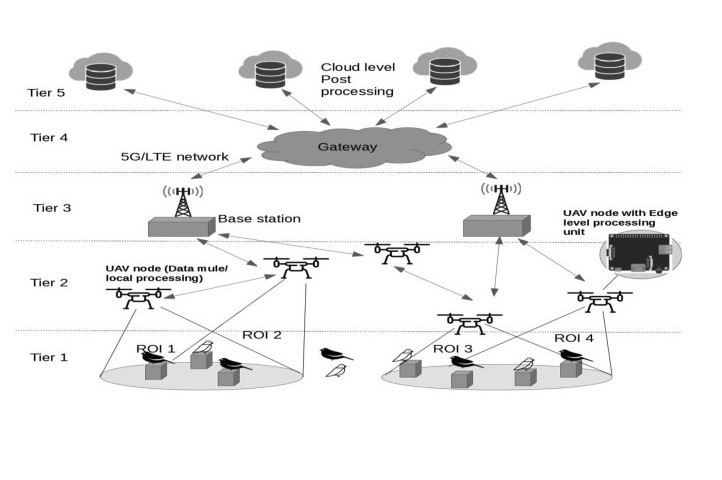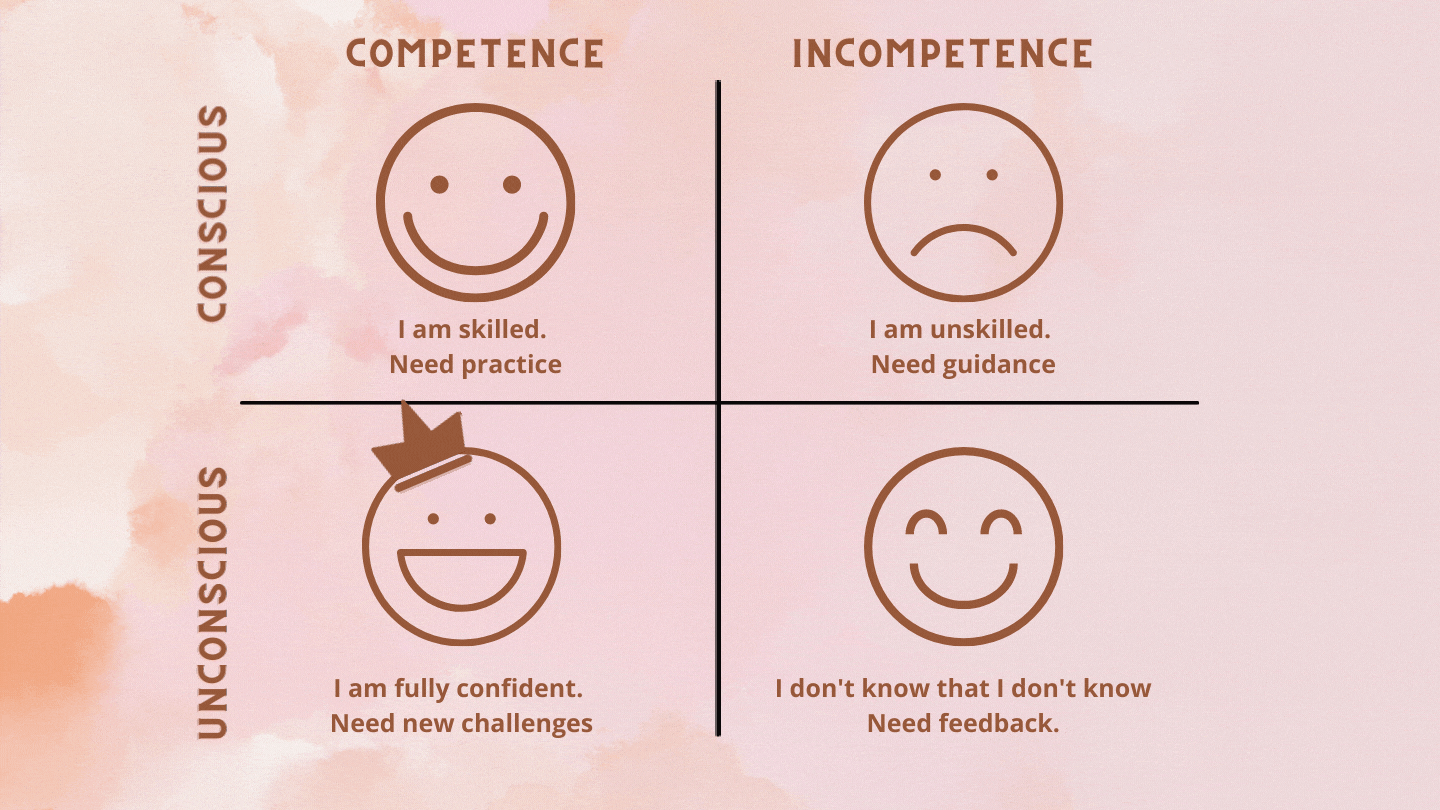 Copyrighted
Copyrighted
BUILDING OF AN EDGE ENABLED DRONE NETWORK ECOSYSTEM FOR BIRD SPECIES IDENTIFICATION
Diary Number: 25855/2021-CO/SW
 Journals
Journals
Balance Your Work-Life: Personal Interactive WebInterface
International Journal of Interactive Multimedia and Artificial Intelligence
 Copyrighted
Copyrighted
Competency-Based Assessment in Classroom
Diary Number: 19869/2021-CO/SW
 Copyrighted
Copyrighted
Interactive Wheel of Life: A Self-Monitoring Tool
Diary Number: 11957/2021-CO/SW

BUILDING OF AN EDGE ENABLED DRONE NETWORK ECOSYSTEM FOR BIRD SPECIES IDENTIFICATION
The behavioral study of animals and especially avians, and the way of their immunization are highly needed to understand the environment in a better way. Automatically classifying bird species by their vocalization is of crucial relevance for the research of ornithologists and ecologists. It was observed that impartial survey information for songbird species is inherently challenging due to observer biases, habitat insurance biases, and logistical constraints. To get to the bottom of all the challenges, ecologists are trying a machine that let them decide the distribution and density of species, which are essential baseline facts for conservation. For this reason, the utilization of a network of unmanned aerial vehicles is introduced for monitoring and capturing the data of a wide variety of terrestrial and aquatic species. In this study, an edge-enabled drone network has been engineered that amalgamated with the mobile edge computing framework within the drone network and the machine learning models to predict the bird species. The experiment has been performed in two geographic regions. The research reported 98.2% and 96.9% accuracy of random forest classifier with the, 0.07 and 0.4 log loss by utilizing 1.4% of CPU and 329.14 Mb of buffer memory of the edge device with an execution time of 45 milliseconds.

Competency-Based Assessment in Classroom
In this work, an online competency-based assessment technique is proposed to understand the competency level of students in the classroom. The proposed web interface (https://assessmentofcompetence.web.app) helps the teachers/trainers to understand and evaluate the competency level of individual students on a particular topic once the class will be concluded. Competency-based learning can detect the level of teaching as well as the level of gained knowledge by the learners. There are four stages in competency learning -
- - Unconscious Incompetence
- - Conscious Incompetence
- - Conscious Competence
- - Unconscious Competence
Unconscious Incompetence: In Unconscious Incompetence, learners do not know about the topic after getting the lecture in the classroom from teachers. They do not know that they are not aware of topics, even they do not have any experience on the particular topic as well. There is a knowledge gap from the side of learners and the learner is unaware of it. Conscious Incompetence: In this conscious competence level, learners come to know about the knowledge gap and also realize the need for required learning from trainers or teachers on the particular subject topic. Therefore a knowledge gap exists and the Learner is aware of it. Conscious Competence: In Conscious Incompetence, learners know about the skill and gain knowledge of how to perform after getting perfect learning or training. He can do things on that skill set and proper understanding, for becoming expert learners realize there is a need of effective practice. Conscious Incompetence: In conscious incompetence, the learners are quite skilled and knowledgeable and they are seeking new challenges for growing themselves. There is no knowledge gap as well as the learner is quite experienced about it.

Competency-Based Assessment in Classroom
The wheel of life is a visual tool to understand how balanced or full filled our work-life is at this moment. Interactive wheel of life is a web interface (workbalancedlife.web.app) which helps the user to asses and monitor various areas of life like business life, creative life, social life, love life and life purpose in real-time. These mentioned areas cover sub-areas [1] like money and finance, career and work, health and fitness, fun and recreation, environment, community, family and friends, partners and love, growth and learning and spirituality. Initially the user needs to rate these all sub-areas in Likert scale (1-10). Input values can be visualized using the wheel of life and also helps to correlate the same with predefined balanced life and unbalance life measures.

Balance Your Work-Life: Personal Interactive WebInterface
The term work-life balance can be described as a path to manage stresses and burnouts in the workplace. In this Covid-19 pandemic, work-from-home practice includes both personal and professional spaces as employees, more often, stay digitally connected. As a result, personal life hardly can be separated, which will potentially create imbalanced life, which creates problems regarding physical and mental health of the employees. In such unprecedented situations, we are required to maintain and/or integrate balanced work-life. A balanced work-life gives employees a stress-free environment to work and improves employees' mental and physical health conditions and relationships. In this study, we focus on maintaining a proper work-life balance through a monitoring tool, the ‘Wheel of Life.’ Considering the drastic changes in work culture (due to Covid-19, for example), we introduce an interactive interface based on ‘Wheel of life’ concept. Our interface helps tune various important factors, such as business, creative, social, love and life purpose, and provides multiple recommendations. The purpose of the study is to assist web users to balance their work-life, improve psychological well-being and quality of life in this unforeseen situation.
 i@soumalya.in
i@soumalya.in